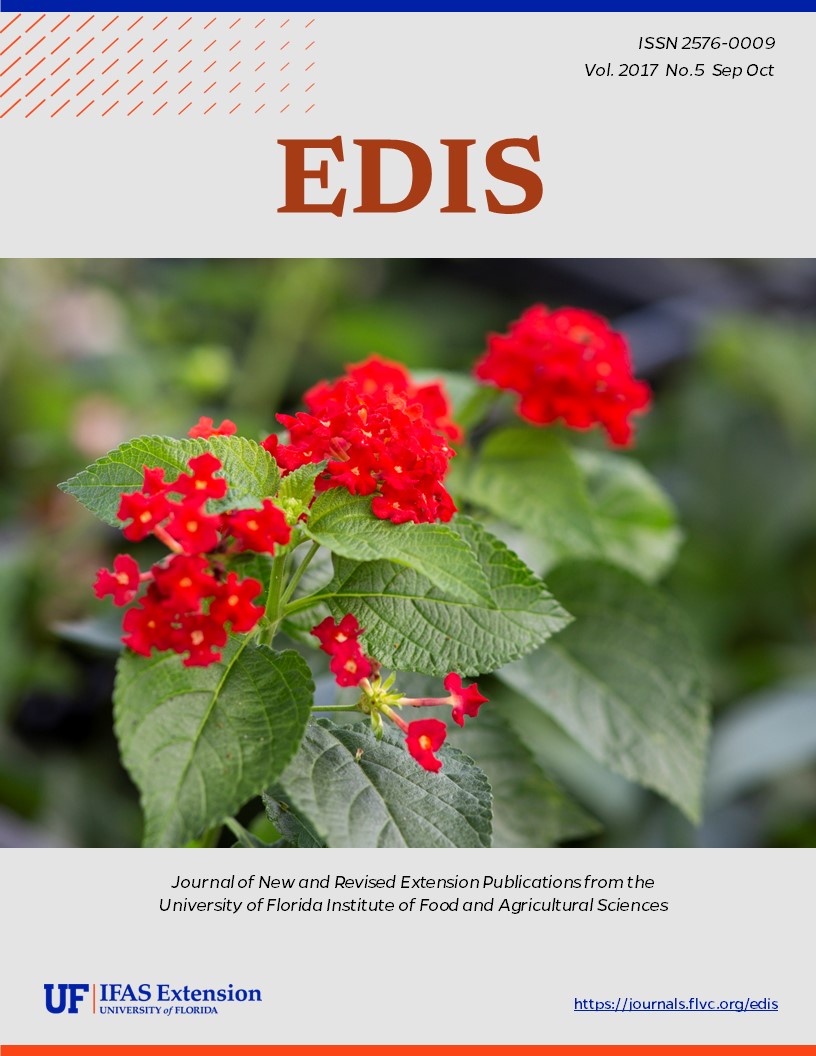Abstract
This document provides an overview of the hairy rove beetle, Creophilus maxillosus, detailing its identification, distribution, life cycle, and ecological significance. The beetle is recognized for its distinctive yellowish-gray setae and its role as a predator of pest fly larvae. Found globally, it inhabits various environments and is beneficial in forensic entomology for determining post-mortem intervals. Despite occasional urban infestations, the beetle is valued for biological control in agriculture. The article also discusses its defensive mechanisms and the importance of understanding its life cycle for effective pest management.
References
Asenjo A. 2007. First record of Creophilus maxillosus (Linnaeus), 1758 (Staphylinidae) for Peru. The Coleopterists Bulletin 61: 551–551.
Augul RS, Al-Saffar HH, Ali HB, Rassoul MA. 2015. First record of hairy rove beetle, Creophilus maxillosus (Linnaeus), 1758 (Coleoptera; Staphylinidae) for Iraq. International Journal of Current Microbiology and Applied Science 4: 82–85.
Brunke A, Newton A, Klimaszewski J, Majka C, Marshall S. 2011. Staphylinidae of eastern Canada and adjacent United States. Key to subfamilies: Staphylininae: tribes and subtribes, and species of Staphylinina. Canadian Journal of Arthropod Identification 12: 1–110.
Evans AV. 2014. Beetles of Eastern North America. Princeton: Princeton University Press.
Fratczak K, Matuszewski S. 2014. Instar determination in forensically useful beetles Necrodes littoralis (Silphidae) and Creophilus maxillosus (Staphylinidae). Forensic Science International 241: 20–26.
Greene GL. 1996. Rearing techniques for Creophilus maxillosus (Coleoptera: Staphylinidae), a predator of fly larvae in cattle feedlots. Journal of Economic Entomology 89: 848–851.
Jefson M, Meinwald J, Nowicki S, Hicks K, Eisner T. 1983. Chemical defense of a rove beetle (Creophilus maxillosus). Journal of Chemical Ecology 9: 159–180.
Kramer S. 1955. Notes and observations on the biology and rearing of Creophilus maxillosus L. (Coleoptera, Staphylinidae). Annals of the Entomological Society of America 48: 375–380.
Matuszewski S. 2012. Estimating the preappearance interval from temperature in Creophilus maxillosus L. (Coleoptera: Staphylinidae). Journal of Forensic Sciences 57: 136–145.
Pfeiffer DG, Axtell RC. 1980. Coleoptera of poultry manure in caged-layer houses in North Carolina. Environmental Entomology 9: 21–28.
Smetana A, Davies A. 2000. Reclassification of the north temperate taxa associated with Staphylinus sensu lato, including comments on relevant subtribes of Staphylinini (Coleoptera: Staphylinidae) American Museum Novitates 3287: 1–88.
Voris R. 1939. The immature stages of the genera Ontholestes, Creophilus and Staphylinus Staphylinidae (Coleoptera). Annals of the Entomological Society of America 32: 288–303.
Wang J, Li Z, Chen Y, Chen Q, Yin X. 2008. The succession and development of insects on pig carcasses and their significances in estimating PMI in south China. Forensic Science International 179: 11–18.
Wills LE, Mullens BA, Mandeville JD. 1990. Effects of pesticides on filth fly predators (Coleoptera: Histeridae, Staphylinidae; Acarina: Macrochelidae, Uropodidae) in caged layer poultry manure. Journal of Economic Entomology 83: 451–457.

This work is licensed under a Creative Commons Attribution-NonCommercial-NoDerivatives 4.0 International License.
Copyright (c) 2017 UF/IFAS

